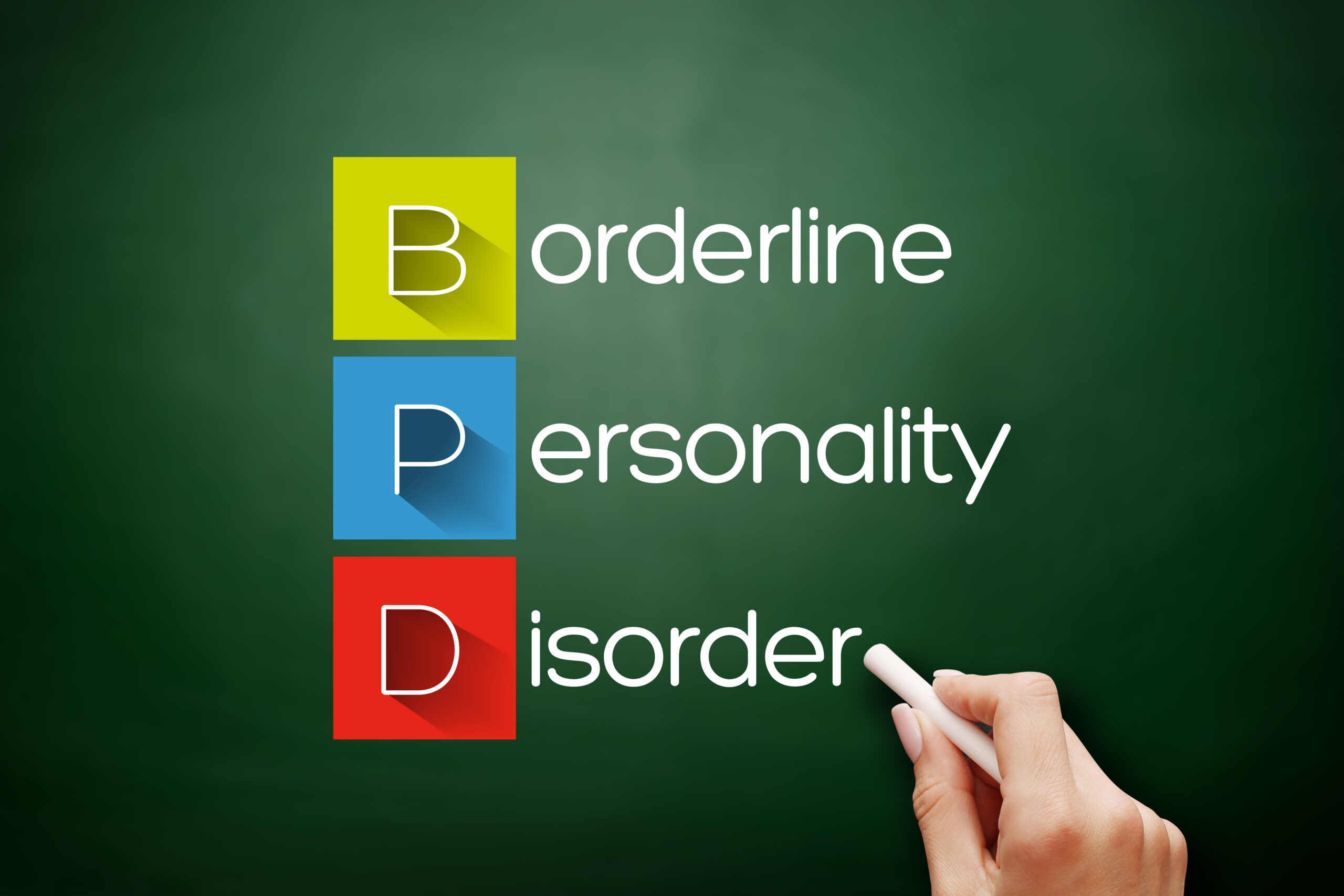
Borderline Personality Disorder in Adolescents: Recognizing Early Signs
September 30, 2024
Understanding adolescent mental health can be a complex task, and Borderline Personality Disorder (BPD) is no exception. This mental health condition often affects teenagers and misunderstanding it can lead to delayed detection and intervention. Recognizing the early signs of BPD in adolescents is crucial for providing timely support and care.
In this updated guide, we will look at BPD in teens. We will discuss its symptoms and why early recognition matters. We will also explore the role of teen mental health in our society. Whether you’re a parent, educator, or healthcare professional, this article will equip you with the knowledge needed to support adolescents with BPD.
Understanding Borderline Personality Disorder in Adolescents
Borderline Personality Disorder (BPD) is a mental health condition that significantly impacts how individuals perceive themselves and others. This distorted perception often leads to patterns of unstable relationships, self-image, and emotions. In adolescents, BPD can disrupt academic performance, social interactions, and overall development.
What is Borderline Personality Disorder?
BPD is marked by intense emotional instability. Adolescents with BPD may experience severe mood swings, impulsive behaviors, and difficulties in maintaining stable relationships. These symptoms can be distressing for the individual and those around them.
Prevalence and Misconceptions
BPD is more common in adolescents than many realize. Unfortunately, it is often misunderstood or misdiagnosed due to overlapping symptoms with other mental health disorders such as Bipolar Disorder, ADHD, or Narcissistic Personality Disorder. This lack of understanding can lead to delayed treatment and unnecessary suffering for the adolescent.
Managing Borderline Personality Disorder in teens requires guidance from professionals that can make an accurate diagnosis as well as build the appropriate plan for treatment. Hillcrest Adolescent Treatment Center can not only help with providing effective treatment for teens but create a path for teens to live a happier and healthier life with their diagnosis.
Recognizing the Symptoms of BPD in Adolescents
Early recognition of BPD symptoms is essential for timely intervention. Symptoms can vary widely among individuals, but there are common signs to watch for:
Emotional Symptoms and Instability
Emotional instability is a hallmark of BPD. Adolescents with BPD may experience intense mood swings, ranging from periods of extreme happiness or excitement to severe depression or anxiety.
Behavioral Symptoms and Impulsivity
Impulsive behaviors are another common symptom of BPD in adolescents. These can manifest as risky behaviors, such as substance abuse or reckless driving. Adolescents with BPD may also struggle with self-harm or suicidal thoughts.
The Importance of Early Detection and Intervention
Early detection and intervention can significantly improve the prognosis for adolescents with BPD. Timely support helps them manage their symptoms and lead fulfilling lives, preventing the development of severe mental health issues later in life.
The Role of Parents and Educators
Parents and educators play a vital role in the early detection of BPD. They are often the first to notice changes in an adolescent’s behavior or emotional state. By understanding the symptoms of BPD, they can help identify adolescents who may need professional help.
Seeking Professional Help
If you suspect an adolescent may have BPD, it’s essential to seek professional help and guidance. A mental health professional can provide a comprehensive evaluation and recommend appropriate treatment options.
Once the needs are evaluated it’s important to move forward with the treatment necessary. Hillcrest Adolescent Treatment Center will work with you and your teen in building skills and tools needed to live life with BPD to the fullest.
Supporting Adolescents with BPD
Supporting an adolescent with BPD can be challenging, but it’s crucial for their well-being. It involves understanding their condition, providing emotional support, and helping them manage their symptoms. Additionally, fostering a supportive and non-judgmental environment where they feel safe and understood is essential.
Treatment Options and Therapies
Several treatment options are available for adolescents with BPD, including psychotherapy and medication. Dialectical Behavior Therapy (DBT) is particularly effective for managing BPD symptoms. A mental health professional can recommend the most appropriate treatment based on the adolescent’s needs.
Fostering a Supportive Environment
Creating a supportive environment is key to helping adolescents with BPD thrive. With early detection, appropriate treatment, and a nurturing atmosphere, adolescents with BPD can lead fulfilling lives.
Recognizing and addressing Borderline Personality Disorder in adolescents is crucial for their development and well-being. By understanding the symptoms and importance of early intervention, parents, educators, and healthcare professionals can provide the necessary support to help these young individuals lead successful lives. For more resources and to learn more about how Hillcrest Adolescent Treatment Center can help your family, reach out to our admissions team today.

